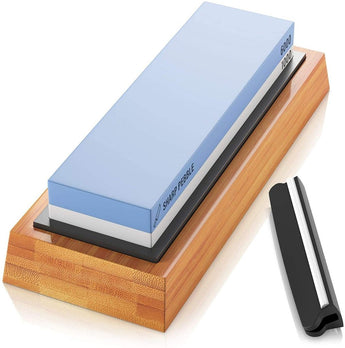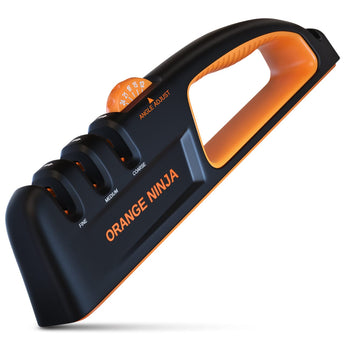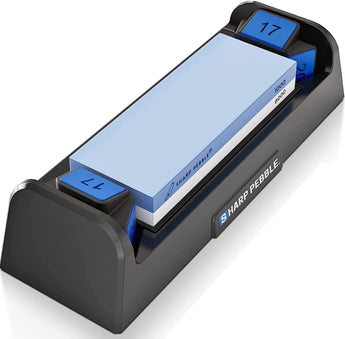
There’s more to sharpening a knife than a few swipes over a whetstone. There are several factors that impact how you go about the process and what result you get. One of these factors is the burr.
Burr formation acts as an indication that the knife is actually being sharpened. My objective today is to explain and add to your understanding of what “burr minimization” is and how to achieve it.
Factors that impact burr formation and shape: The core factors that dictate the process of burr formation are steel characteristics, the abrasive, the type of grinding process (edge-leading or edge-trailing), the grinding angle, depth, and speed.
The burr shape, however, is a more intricate process. The main factors here are how high the burr is and how thick it is.
Abrasives: There are mainly two types of abrasives each with their sub-types, conventional (aluminum oxide or silicon carbide) and super abrasives (CBN cubic boron nitrate or diamond). Conventional abrasives usually facilitate a burr shape that is quite elongated and slender.
Whereas burr formed with super abrasives are usually quite stocky and have a certain heft to them. That’s because super abrasives, due to their hardness tend to remove quite a bit of material, the way rotary cutters do in the milling process. The conventional abrasives are much gentler and produce a sanding effect.
The grinding angle: The size of the burr is inversely proportional to the grinding angle. This means that as the grinding angle increases, the size of the final burr will decrease accordingly and vice versa. In other words; you’d have to spend more time de-burring an edge sharpened at 30 degrees than the one sharpened at 25 degrees.
The grinding technique: In edge-leading grinding, the grinding force dictates the direction in which the material deforms. This results in a lower burr formation.
The difference between positive and negative burrs: What technique will be used to achieve de-burring will significantly depend on the flexibility or the softness of the burr. The burr flexibility is dependent on the characteristics of steel and to a certain extent on the type of abrasive used. When combined, all these factors dictate whether the burr achieved will be positive or negative.
Following are the instances of positive and negative burr formation:
-
If the steel is flexible, it will produce a positive burr. Whereas, a higher degree of hardness and brittleness will result in a burr that’s negative.
-
When the deformed steel is moved to the side of the edge, this leads to a positive burr. And when the deformed steel is removed altogether from the apex, it results in a negative burr.
-
Positive burr is pliable and quite difficult to remove from the edge apex while negative is easier to remove because of its hardness.
-
Ideally, you should use an angle greater than that of the edge to deburr a positive burr while a negative burr should be deburred at an angle that’s equal to that of the edge.



